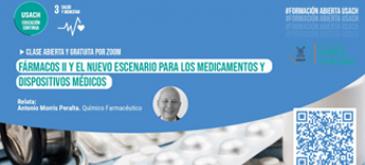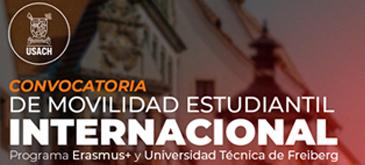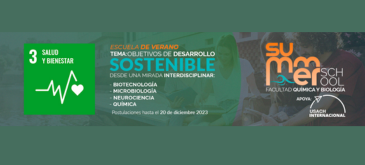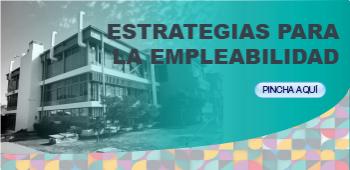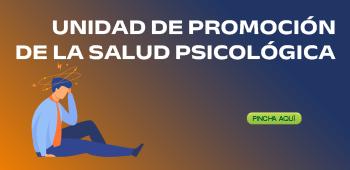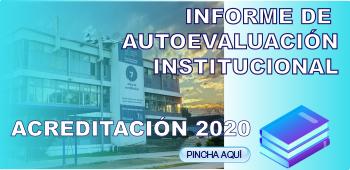Clase abierta y gratuita: Fármacos II y el nuevo escenario para los medicamentos y dispositivos médicos
Aspée Lamas Alexis
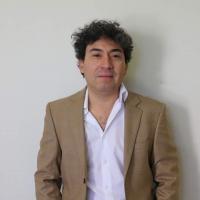
Abstract
The extent of the oxidative damage induced by reactive oxygen species (ROS) in biological systems depends on a variety of factors that include the location of the target molecule with respect to the site of ROS formation, the reaction's rate constant, and the presence of antioxidants capable of ROS scavenging and/or repairing the initial damaged molecule. The complexity of these processes requires the development of new tools and strategies to pinpoint the free radical processes affecting a biological system. During the last few years our group has focused its research on developing new strategies to study free radical processes and mechanisms involved in amino acid and protein oxidation, such as spontaneous weak level chemiluminescence. Recently, we developed and applied nitroxide pre-fluorescent probes to monitor free radical formation in a wide variety of chemical systems, including zeolites, polymer films, and proteins. Furthermore, the use of these probes was extended to evaluate polyphenolic antioxidants in hydrogen and/or electron transfer-based reactions towards nitroxides, both in homogeneous and in microheterogeneous systems. These methodologies have allowed us to understand better antioxidant and free radical oxidation mechanisms in complex systems in concomitance with the use of time resolve techniques to monitor transient and free radical formation photoinduced by laser excitation of molecular probes and their reaction with proteins, amino acids, and also nitroxide and phenolic antioxidants.
Líneas de investigación
Durante los últimos años, nuestro grupo ha centrado su investigación en el desarrollo de nuevas estrategias para estudiar los procesos y mecanismos de radicales libres implicados en la oxidación de aminoácidos y proteínas, como la quimioluminiscencia espontánea de nivel débil. Recientemente, desarrollamos y aplicamos sondas pre-fluorescentes de nitróxido para monitorear la formación de radicales libres en una amplia variedad de sistemas químicos, incluidas zeolitas, películas poliméricas y proteínas. Además, el uso de estas sondas se amplió para evaluar antioxidantes polifenólicos en reacciones basadas en transferencia de hidrógeno y / o electrones hacia nitróxidos, tanto en sistemas homogéneos como microheterogéneos. Estas metodologías nos han permitido comprender mejor los mecanismos de oxidación de radicales libres y antioxidantes en sistemas complejos en concomitancia con el uso de técnicas de resolución temporal para monitorear la formación de radicales libres y transitorios fotoinducidos por excitación láser de sondas moleculares y su reacción con proteínas, aminoácidos y también nitróxido y antioxidantes fenólicos.

